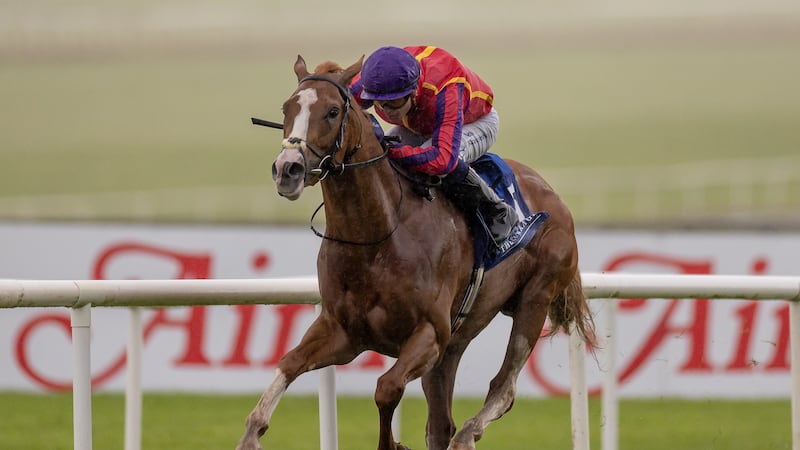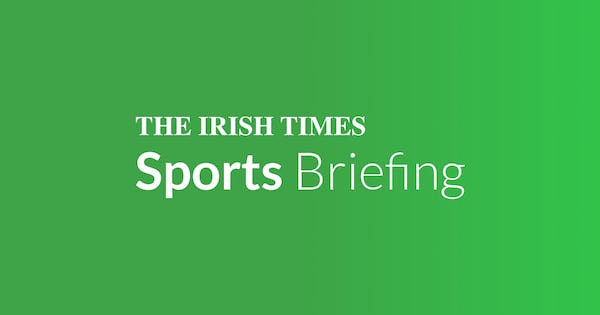The representative body for Ireland’s racecourses has said a combination of declining media rights revenue and rising business costs are putting the country’s smaller tracks under pressure.
Paul Hensey, CEO of the Association of Irish Racecourses, also believes the shock closure of Thurles racecourse may yet represent an opportunity for someone to take over the Co Tipperary track as a racing venture.
[ ‘A huge blow for Irish racing’ - Thurles racecourse closure met with shock and sadness ]
Friday’s announcement by the Molony family that Ireland’s sole privately owned racecourse was closing with immediate effect caught the sport by surprise including Horse Racing Ireland (HRI).
The family statement cited the cost of doing business as a major factor in their decision.
RM Block
It was reported at the weekend that Thurles would have needed a multimillion euro investment to comply with new licensing requirements from the Irish Horseracing Regulatory Board (IHRB).
In June, the HRI and IHRB issued minimum requirements for all racecourses to meet including provision for watering systems.
Thurles does not have a watering system and lost three meetings at the end of last year due to ground conditions.
Prioritisation of a watering system to ensure ground consistency was also urged by the IHRB in the regulatory body’s investigation following the death of jockey Michael O’Sullivan due to injuries sustained in a fall at Thurles in February.
The Irish Field newspaper reported that an investment of at least E300,000 was needed to install a watering system.
It also suggested a total redevelopment of the racecourse facility to bring it up to required standards would cost about €3 million and was a major factor in the Molonys’ decision.
Under HRI capital development fund rules, the Molony family would have to pay three-fifths of any cost.

HRI boss Suzanne Eade is due to meet the Molony family in the coming week amid widespread calls for the track to be saved.
The Thurles situation has also put the finances of Ireland’s 25 other racecourses under a spotlight.
Mr Hensey admitted some tracks are feeling the strain.
“Media rights have plateaued and are on the decline and that’s certainly had an effect. The cost of doing business is increasing all the time too. There is increased industry demand, increased regulation,” he said on Sunday.
Tracks, particularly smaller ones, are not doing as well as they would have in the past.
“It’s also worth noting that the media rights and the structure of the current media rights deal is performance based. The first few years of it, there were easing-in provisions built into the deal to get tracks through the first few years.
“Add the other bits and pieces like licensing requirements and general costs of doing business and it is putting some of the smaller tracks under pressure.”
Mr Hensey said he did not know what may emerge from HRI talks with the Molony family, but he said other tracks were watching the situation keenly.

“It may be a fantastic opportunity for somebody somewhere along the line. I think Thurles are probably saying they don’t want to run it themselves, but they’re probably not averse to somebody else taking over and running it,” he said.
“They probably went with the nuclear option with their press release, and it will be interesting to see what comes out in the wash in the coming weeks.”
In response to the Irish Field story, the IHRB said it supported continuous improvement in racecourse facilities and operations, but did not impose immediate or inflexible obligations.
It said the decision to close was a private one by the Molony family.
IHRB chief executive Darragh O’Loughlin said: “Our aim is to ensure all racecourses operate to high standards with the safety and wellbeing of participants a priority.
“The racecourse manual is intended to support racecourses in that aim over time – not to impose sudden demands or create barriers.”




















